Enjoy discounts on fancy foo foo coffee!
🌍✨ Small Batch Coffee Roastery: Flavor Without Borders
Welcome to a bold new frontier in coffee—where every bean tells a story and every cup is a celebration. Our small batch coffee roastery is a haven for flavor adventurers, specializing in fresh-roasted, flamboyantly flavored coffees sourced from the farthest corners of the globe.
We hand-select premium beans from micro-lots in Ethiopia, Colombia, Sumatra, and beyond, then roast them to perfection in small batches to preserve their character and complexity. But we don’t stop at origin—we elevate each roast with unexpected, exuberant flavor infusions that dance on the palate.
Each blend is a sensory spectacle—crafted to surprise, delight, and defy convention. Whether you’re sipping a silky hazelnut crème espresso or a wild blueberry bourbon cold brew, our coffees are anything but ordinary.
We roast with passion, package with flair, and serve with a wink. Because coffee should be more than a morning ritual—it should be a flavorful escape.
Flavored coffee has been around for centuries, but it’s just getting started. Now there are more incredible coffee flavors to try than ever before. But did you ever wonder how roasters create flavored coffees? Well, consider your curiosity satisfied because we’re here to tell you all about it.
What Is Flavored Coffee?
First things first. Let’s talk about what we mean when we say, “flavored coffee.” Basically, flavored coffee is roasted coffee with additional flavorings added beyond the naturally occurring coffee flavor profiles developed during growing, processing, and roasting.
The compounds used to create coffee flavorings can be natural or artificial, but in both cases, highly trained flavorists are required. It’s as much an art as a science, because while other food flavorings may include just a handful of ingredients, many coffee flavorings require up to 80 different compounds to achieve subtle-but-complex flavors like our original Double Chocolate Glazed Donut flavored coffee.
The best flavorists can recreate virtually any flavor. They use advanced analytical techniques like gas chromatography and spectrophotometry to identify the molecular structure of the flavor compounds that give a cookie its sweet/caramel/buttery notes. This gives them a base to compare their coffee flavorings to, as well as ensuring consistent flavor from batch to batch.
But developing new coffee flavors doesn’t end there. Flavored coffees are given an additional check using cupping, the same sensory evaluation process used to grade coffee beans. Highly skilled tasters evaluate the taste and aroma of the flavored coffee, checking for closeness to the desired flavor, as well as any off flavors that would detract from your enjoyment.
The Most Common Methods of Making Flavored Coffee
There are three main methods of adding flavoring to roasted coffee beans.
Direct Flavored Coffee
Direct flavoring is the oldest and simplest method. First developed in Yemen, where coffee originated, direct flavoring is achieved by adding spices, herbs, and other whole flavorings to roasted coffee beans before grinding. Hawaij al-gahwa — perhaps the oldest coffee flavoring still in use — is made from ginger, cloves, and bishop’s weed. Elsewhere in the Middle East, cardamom has long been the direct flavoring of choice, while Spain adopted the Moorish tradition of adding dried orange peel, cinnamon, and clove to their beans.
Direct flavored coffees have a pleasing aroma, but the flavor is usually not as intense as artificially or naturally flavored coffee's aroma.
Artificially Flavored Coffee
Artificially flavored coffee — also called synthetic flavored coffee — is the most common type of flavored coffee available because of the versatility, scalability, and affordability of the process. As mentioned above, flavorists use advanced analytical tools to pinpoint the flavor compounds that give a food or beverage — for example, Hazelnut Dream or Bourbon Pecan Pie coffee — their signature taste and aroma. They then build synthetic molecules with the same profiles, combining them to achieve the desired result.
It’s a complicated process that requires a lot of trial and error. But the use of custom compounds allows flavorists to copy flavors that would be difficult if they were limited to naturally occurring ones, as well as for easier replication once the flavorists have achieved their desired flavor profile.
Natural Flavored Coffee
Natural flavored coffee is harder, and therefore less common. To make natural coffee flavorings, flavorists start with oils and essences from ingredients such as vanilla beans, cocoa beans, spices, herbs, and roots, such as chicory. They then create concentrated oils or distillations (AKA extracts) from these ingredients. Finally, they blend these concentrates to achieve the desired flavor profile.
As with artificially flavored coffee, advanced analysis equipment comes into play to help them build a complex aroma and scent profile that mimics, for example, a snickerdoodle cookie. It’s a long and laborious process, but well worth it for those who desire to limit their intake of artificial flavorings.
Foo Foo Coffee exclusively uses natural coffee flavorings in all their flavored coffees, and each new variety represents hundreds of hours of development. But when you taste the buttery-sweet-spicy goodness in Buttered Cinnamon or the luxurious velvety blend of Caramel Crème, you'll agree it was well worth the effort.
Flavored Coffee Production Process — How the Flavor Gets on the Bean
Creating flavored coffee is a multi-step process. Each element must be done just right for the final flavored coffee to be the best it can be.
Select the Beans
The type of bean used to make flavored coffee is a huge component of the final flavor and aroma. Arabica beans are the most used variety because their low levels of acidity and bitterness let the flavor shine through.
Roast the Beans
Next, the coffee beans must be roasted to the “Goldilocks” point. Too mild a roast and the flavored coffee will be flat. Too dark, and the intensity of the roast will overwhelm the added flavor. After roasting, they are quickly cooled because intense heat can destroy the volatile compounds that give flavored coffee its nuance. Quick cooling allows roasters to preserve freshness while preparing the beans for the next step.
Add a Solvent
Solvents are an essential part of the coffee flavoring process, allowing the flavoring to adhere to the freshly roasted beans. A variety of substances work as solvents, the most common being vegetable oils, water, alcohol, and compounds such as propylene glycol. While oils are highly effective, the other choices are often preferred because they evaporate leaving just the flavoring behind.
Add the Flavoring
Coffee flavorings are highly concentrated, so just a little is needed. The usual proportion is about 3 lbs. of flavoring for every 100 lbs. of prepared, roasted coffee beans. Beans can be soaked in the flavoring or placed in a tumbler and sprayed with micro-droplets of flavor to achieve a thin, even coating across the whole batch. It typically takes about 15 to 20 minutes to flavor a batch of coffee beans. The flavored coffee beans are then spread in a thin layer and rapidly dried to prepare them for the next step.
Grind and Package the Flavored Coffee
Flavored coffee must be ground and packaged in an airtight container as quickly as possible to prevent the volatile compounds in the flavorings from evaporating. K-Cup® pods are perfect for flavored coffee because they seal out light and air while sealing in flavor until you’re ready to brew.
Why Are Flavored Coffees So Popular
With literally hundreds of exciting flavors out there, there’s never been a better time to be a flavored coffee fan. But why is flavored coffee so popular right now?
They’re Fun
You can enjoy coffee that tastes like ice cream, pastries, candy, nuts, chocolate, cocktails, and so much more. Plus, there’s the excitement of waiting for your favorite seasonal flavors — including the granddaddy of them all, pumpkin spice — to come around each year.
They’re Safe If You Have Allergies or Food Sensitivities
Even if you have a nut allergy or gluten intolerance, you can still enjoy maple pecan or pastry-inspired coffee. *
They’re Sugar-Free
Unlike sweetened syrups, flavored coffees have no added natural or artificial sweeteners. The flavorings add zero calories beyond the typical 3 to 5 calories per 6-oz. servings of black coffee.
They’re Perfect for Teetotalers
If you don’t drink or are limiting your alcohol intake, Kahlua or Irish cream flavored coffees are alcohol-free alternatives to spiked coffee.
Frequently Asked Questions
How many different flavored coffees are available?
In theory, there is no limit to how many different flavored coffees you can enjoy. In practice, however, some flavors are probably never going to catch on. (We’re looking at you, pepperoni pizza coffee.) The most popular flavored coffees are treat-inspired with Pumpkin Spice ruling the pack. Foo Foo Coffee currently offers over a doaen flavored varieties in K-Cup® pods and/or bags, with more being created all the time.
Do I need to clean my Keurig brewer after brewing flavored K-Cup® pods?
We highly recommend cleaning your brewer after brewing flavored K-Cup® pods using a Rinse Pod or the hot water method. This prevents flavor transfer between cups, as well as ensures that brew components are residue-free.
What’s the difference between artificially flavored coffee and naturally flavored coffee?
Both artificially flavored coffee and naturally flavored coffee are made by combining flavor compounds. Naturally flavored coffee derives those compounds from distillations (extracts) and natural oils. Artificially flavored coffees use custom synthetic compounds built that recreate the molecules responsible for a specific sensory element.
How are new coffee flavors created?
Flavorists analyze the flavor profile of a food or beverage — for example, pistachio ice cream — using gas chromatography and spectrophotometry. They then recreate that profile by breaking it down into its components and replicating them using custom, synthetic compounds, or naturally derived compounds. The process is complicated and takes a great deal of time and skill.
Does flavored coffee contain sugar?
No. Flavored coffee is free from all sugars and artificial sweeteners.
Does flavored coffee have calories?
All coffee contains a trace number of calories, typically 3 to 5 per 6-oz. serving of black coffee. Flavored coffee does not have any additional calories.
*This article is not intended as medical advice. Please consult your physician before consuming any food or beverage.
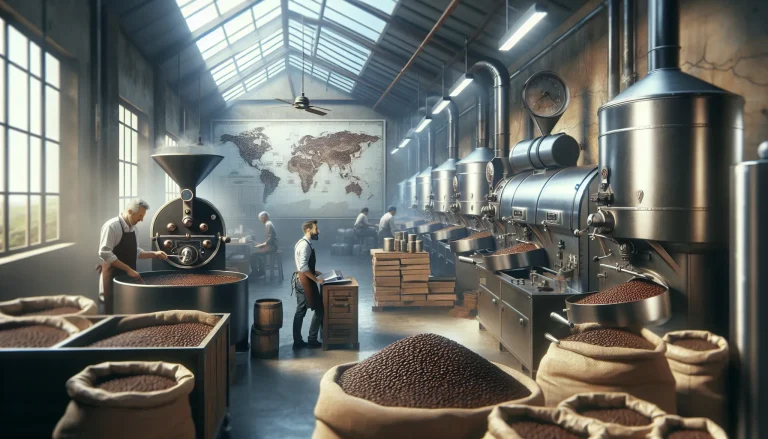

Our mission
At Foo Foo Coffee, our mission is to ignite joy and curiosity in every cup by crafting fresh-roasted, vibrantly flavored coffees that celebrate global origins and bold imagination. We source ethically, roast passionately in small batches, and infuse each blend with unexpected flair—transforming coffee from a daily habit into a flavorful experience. Through creativity, quality, and connection, we aim to inspire coffee lovers to sip bravely and savor the extraordinary.
Our vision
We envision a world where coffee is more than comfort—it’s creative expression. At Foo Foo Coffee, our dream is to redefine the coffee experience by championing fresh-roasted, vibrantly flavored brews that spark joy, curiosity, and connection. We aim to be a beacon for flavor explorers, crafting bold blends that celebrate global diversity, ethical sourcing, and the art of small-batch roasting. One cup at a time, we’re building a community that sips with intention and lives with flavor.
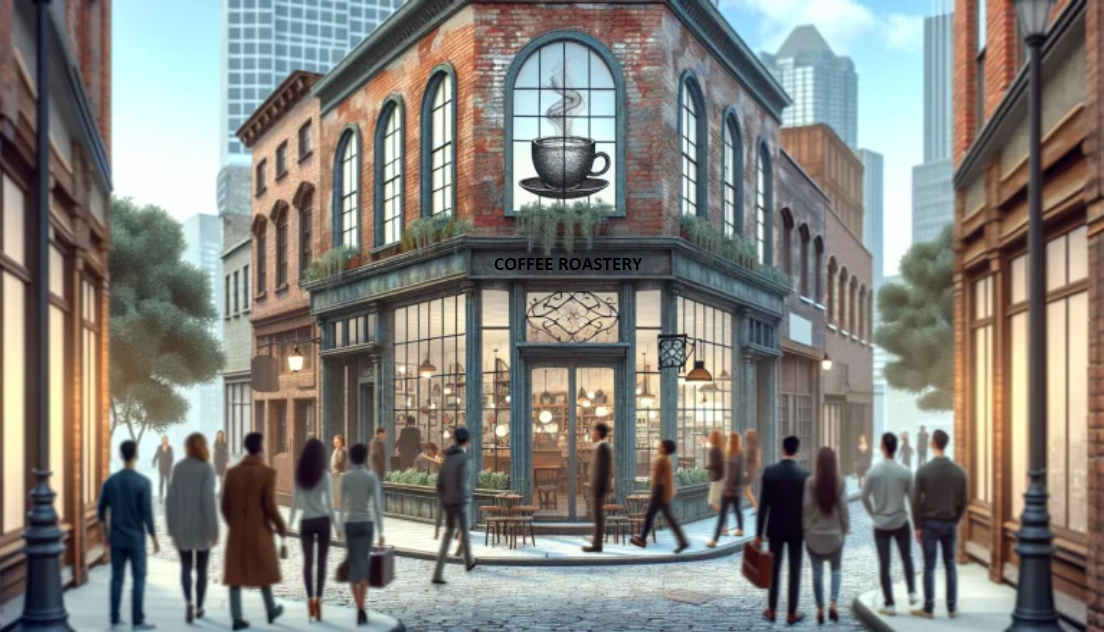

Our process
Our strength lies in our combined talents, from growers to suppliers to specialty roasters to your final cup. Set up by J. R. Longsdorf, master roaster, each segment plays a vital role in producing an ethical end product, leaving a minimal carbon footprint on our environment, keeping prices as low as possible for the consumer, while delivering a premium and vibrantly flavorful product.
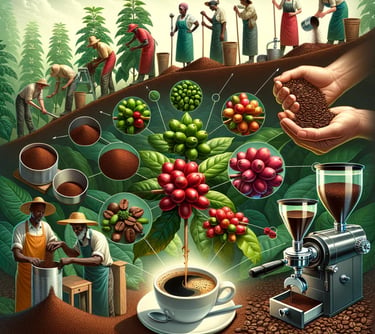

Ethical Fair Trade Growers
ethical farming and fair practices
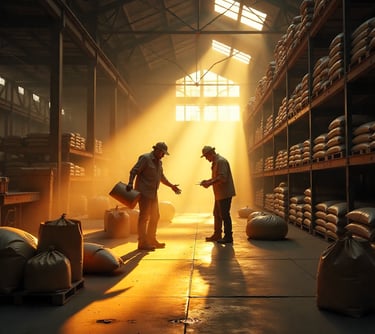

Certified Wholesale Suppliers
Quality coffee bean inspection
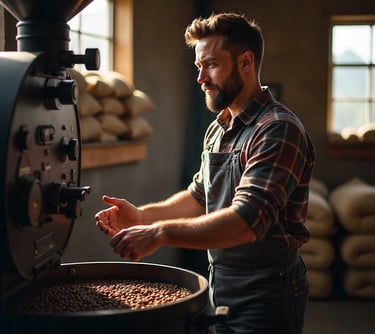

Jaden Smith
Architect
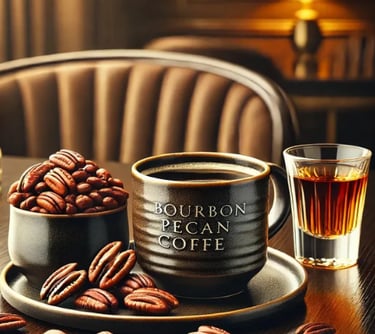

Jessica Kim
Photographer
Experienced Small Batch Roasters
15 years coffee roasting experience
Premium Quality Fresh Coffee
Reasonably priced end product
Sip Happens, Make It Foo Foo!
Contact Us:
contact@foofoocoffee.com
727-201-3041
© 2025. All rights reserved.